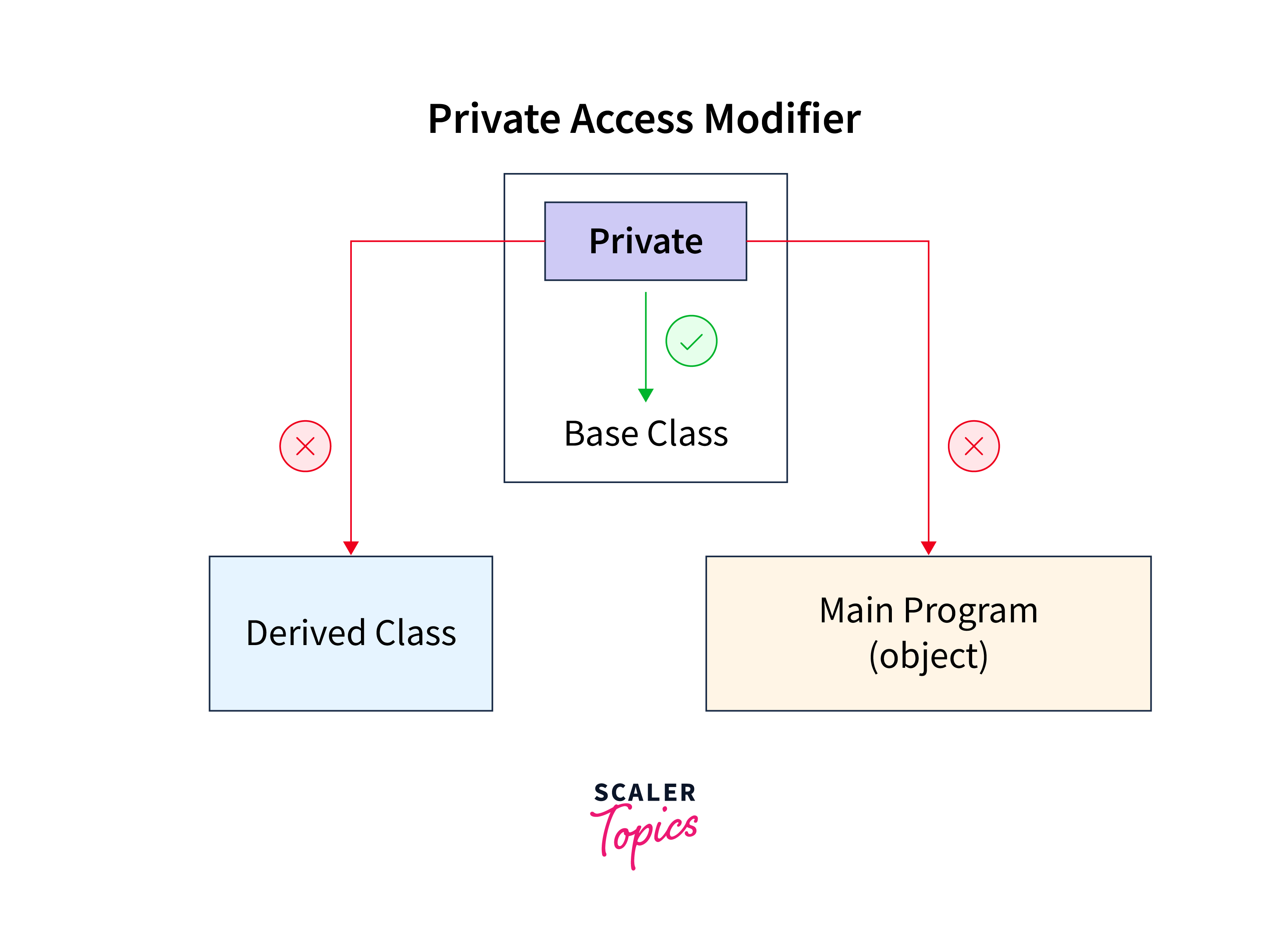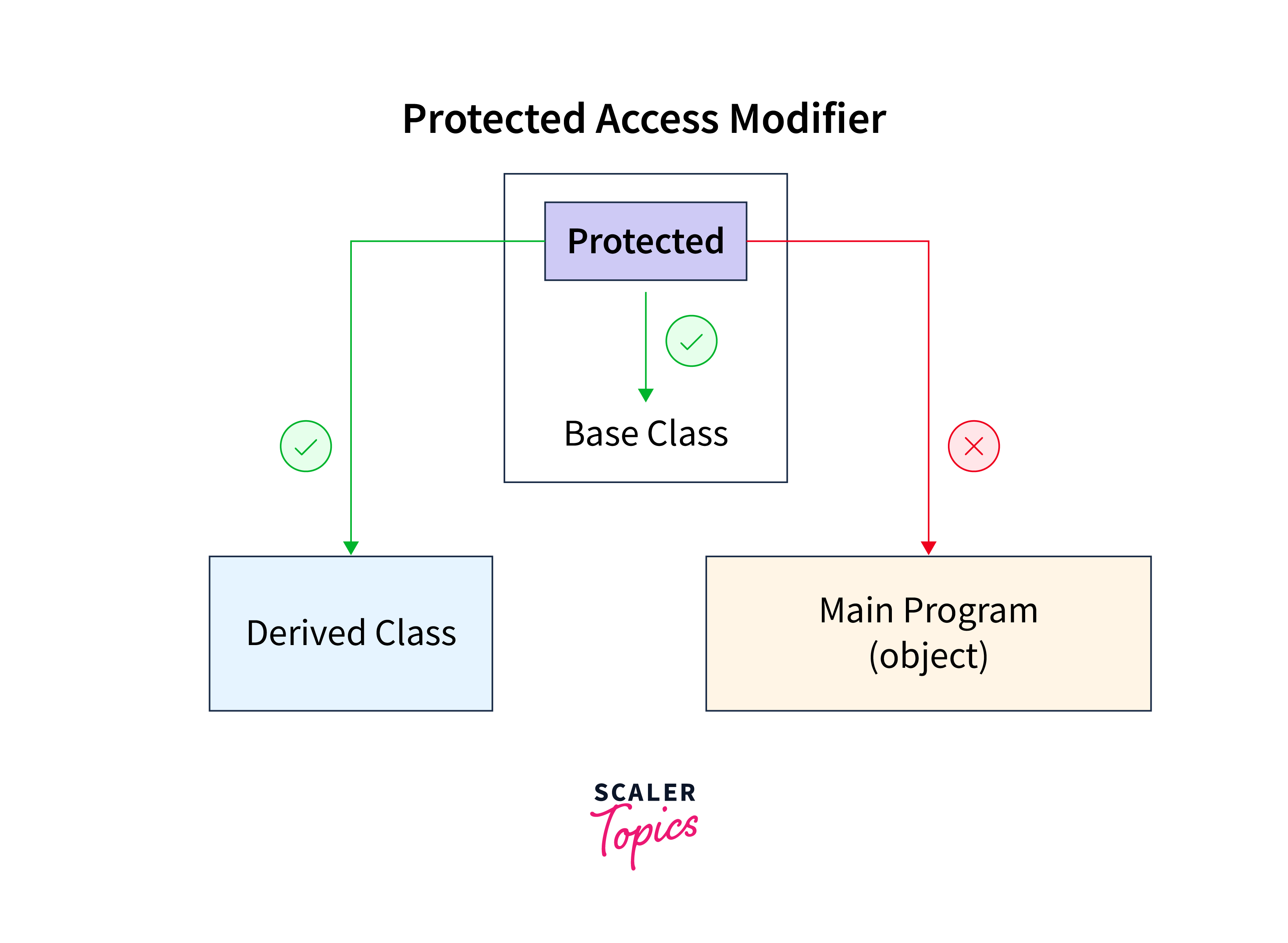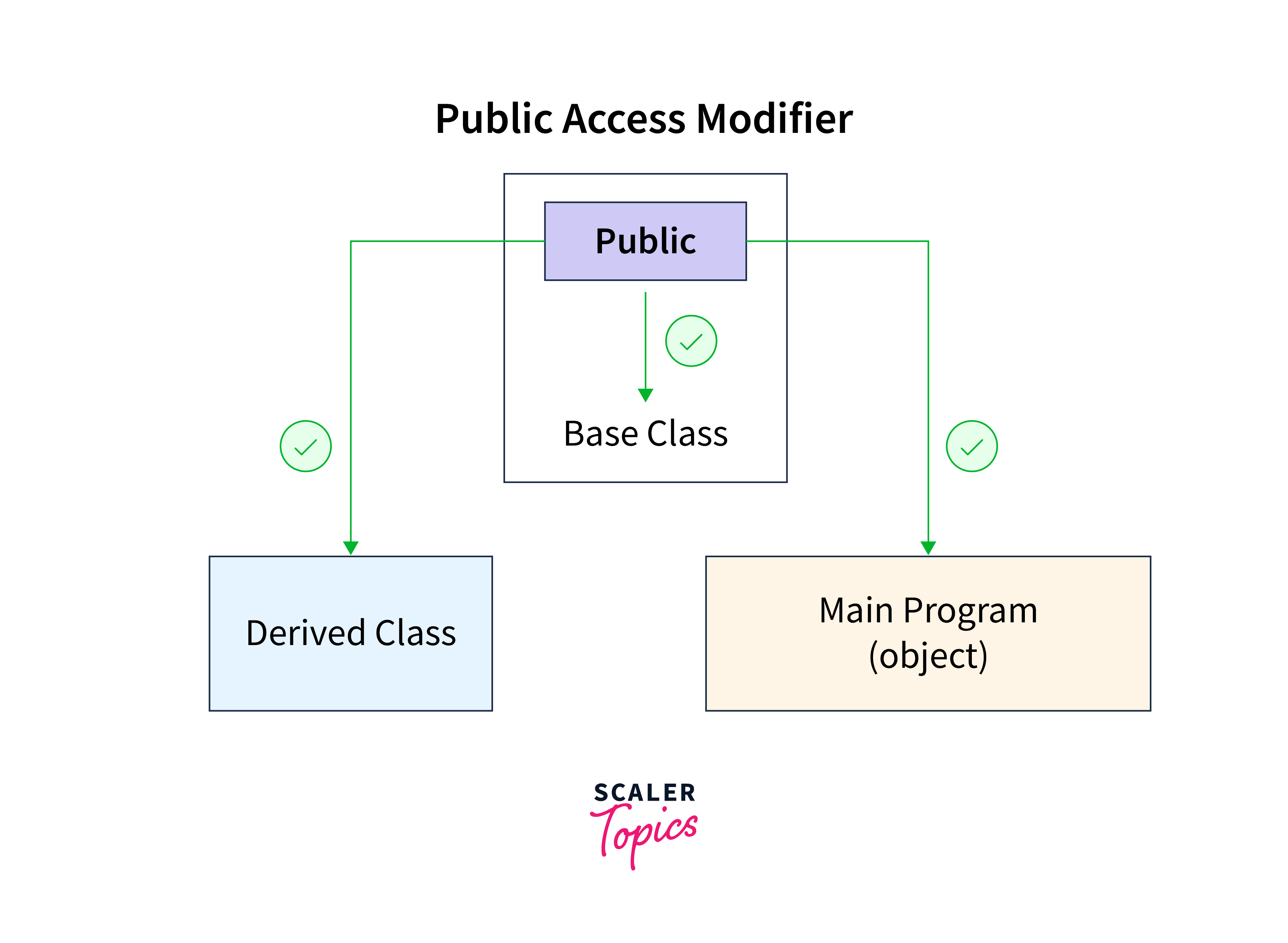Scala Access Modifiers and Extractors
Overview
Access modifiers in Scala control the visibility and accessibility of class members (fields, methods, etc.). Private access modifier restricts access to the defining class, Protected access modifier allows access within the class and its subclasses, and Public (default) access modifier permits access from anywhere. Additionally, private[this] confines access to the specific instance, enhancing encapsulation.
What are Access Modifiers in Scala?
Scala access modifier is used to control the visibility and accessibility of class members (such as fields, methods, constructors, etc.) within a class or object. Scala access modifiers determine which parts of a class are accessible from different contexts, helping to enforce encapsulation, information hiding, and proper design principles.
They ensure that the internal details of a class are hidden from external entities, promoting encapsulation and information hiding. Scala access modifiers help prevent unintended interference and ensure that the behavior of the class remains consistent even when its internal implementation changes.
Scala Extractors
Extractors in Scala is a way to destructure and match values of a given type using pattern matching. Scala extractor is defined by creating an object with an unapply or unapplySeq method, which is used to break down complex data structures into their constituent parts. Scala Extractors are particularly useful for working with case classes and other data types.
Scala extractors are defined by creating an object with one or both of the unapply and unapplySeq methods. These methods allow us to extract data from instances of a class and match it against patterns. The unapply method typically returns an Option or a tuple, while the unapplySeq method returns a sequence. Scala extractors can be thought of as the reverse of constructors; they break down an object into its constituent parts for pattern matching.
What are the Different Types of Access Modifiers in Scala?
Let us understand different types of Scala access modifiers in detail.
Private
The private access modifier in Scala is a crucial tool for controlling the visibility and accessibility of class members (fields, methods, nested classes, etc.) within the scope of a class or object. It ensures that certain members are accessible only within the defining entity and not from outside or from other classes. This level of encapsulation helps maintain a clear separation between a class's public interface and its internal implementation details.
Scope of Protection
Members marked as private in Scala are only accessible within the immediate enclosing scope. This means that they are not accessible from any other class or object, even if they are part of the same package or module.

Implementation
- In this example, we have an Employee class with private members: id and salary. The id is marked as private val, making it immutable and inaccessible from outside the class. The salary is marked as private var, allowing it to be modified only within the class.
- The updateSalary method provides controlled access to modify the salary field, ensuring that only valid salary values can be set. The displayEmployeeDetails method, marked as private, is only accessible within the Employee class and cannot be accessed from outside.
- The Main object demonstrates the usage of the Employee class. It showcases that private members like id and displayEmployeeDetails cannot be accessed directly from outside the class, reinforcing encapsulation and preventing unauthorized modifications or access.
private[this]
The private[this] access modifier in Scala is a special and more restrictive form of the private access modifier. It is used to restrict the visibility of a class member to within the specific instance of the class in which it is defined. This means that even other instances of the same class will not have access to that member. It provides the highest level of encapsulation, ensuring that no other instance can interfere with or access the marked member.
Here are some key characteristics of private[this]:
- Scope of Protection: Members marked as private[this] are accessible only within the exact instance of the class where they are defined. This includes all methods and fields of the instance itself.
- Instance-Specific: Unlike regular private members, which are accessible within the same class or object, private[this] members are unique to each individual instance of the class. This level of encapsulation prevents interaction or interference between different instances.
- Strict Encapsulation: private[this] ensures strict encapsulation of instance-specific data or behavior, making it particularly useful when you want to prevent any form of inter-instance access.
Protected
The protected access modifier in Scala provides a level of visibility and accessibility between the public and private access levels. It allows members (fields, methods, nested classes, etc.) to be accessed within the defining class or object as well as its subclasses, while still maintaining encapsulation and control over inheritance.
Scope of Protection
Members marked as protected in Scala are accessible within the defining class or object and their subclasses. This means that the protected members can be accessed and overridden by classes that extend the parent class but are not accessible from outside the class hierarchy. This level of protection ensures that certain members are available for customization and extension while preventing broader external access.

Implementation
- In this example, we have a Shape class with a protected constructor parameter color and a protected method draw(). The Circle class extends Shape and uses the color parameter to initialize its own properties. It also calls the draw() method inherited from Shape.
- The Main object demonstrates that while the color parameter and the draw() method are inaccessible from outside the class hierarchy, they can be accessed and used within the subclass Circle. The Circle class calls the draw() method to draw a shape with the specified color and then proceeds to draw a circle with the given radius.
- This example illustrates how the protected access modifier in Scala facilitates controlled customization and extension within a class hierarchy while maintaining encapsulation and preventing unrestricted access from external code.
Public
The public access modifier in Scala is the default level of visibility for class members. Public members are accessible from anywhere within the same package or even external packages. This access level provides the broadest visibility and allows unrestricted access to the specified members.
Scope of Protection
Members marked as public in Scala can be accessed from anywhere that is,both within the same package and from external packages. This level of accessibility is useful for defining a class's public interface, allowing other classes and objects to interact with and utilize the exposed members.

Implementation
- In this example, the BankAccount class has three public members: accountNumber, balance, deposit(), and withdraw(). The accountNumber field is a public field representing the account number. The balance field is a public field representing the account balance. The deposit() method allows depositing money into the account, and the withdraw() method allows withdrawing money from the account.
- The Main object demonstrates the usage of the BankAccount class. It accesses the accountNumber field and calls the deposit() and withdraw() methods to interact with the bank account's public interface.
- The public access modifier in Scala ensures that these members are accessible from anywhere within the same package or from external packages. It allows other parts of the codebase to utilize the bank account's functionality.
Conclusion
- A Scala access modifier is a keyword that controls the visibility and accessibility of class members, determining which parts of a class are accessible from different contexts, such as private, protected, and public.
- The private access modifier in Scala restricts the visibility of a class member within the defining class or object, preventing external code from accessing or modifying it. It ensures encapsulation and hides implementation details.
- The protected access modifier in Scala grants visibility to a class member within the defining class and its subclasses, allowing controlled inheritance and customization while maintaining encapsulation. It provides a middle ground between private and public access levels.
- The public access modifier in Scala, which is the default, makes a class member accessible from anywhere within the same package or external packages, enabling unrestricted interaction and utilization of the member's functionality. It defines the broadest level of visibility.
